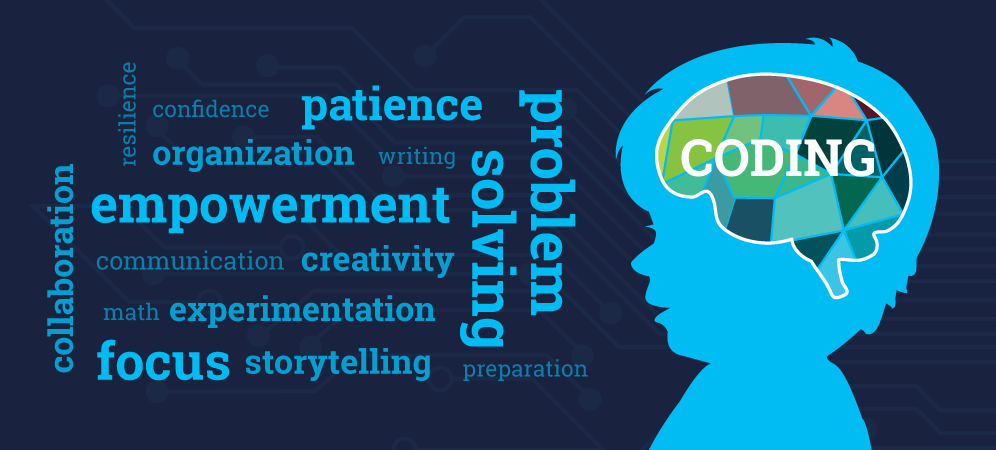As cyber threats continue to evolve, the cybersecurity industry is responding with new strategies, technologies, and collaborations. Here’s a roundup of how the industry has adapted to emerging challenges this month:
1. Proactive Defense with AI and Machine Learning
Cybersecurity firms are leveraging AI and machine learning to stay ahead of attackers:
- Predictive Threat Analysis: AI-powered tools are identifying potential vulnerabilities before attackers exploit them.
- Automated Incident Response: Machine learning models are enabling faster responses to attacks, minimizing damage and downtime.
2. Zero Trust Architecture Gaining Traction
Zero Trust policies are becoming the norm:
- Organizations are moving away from perimeter-based security models, ensuring that every access request is verified, regardless of its origin.
- Companies like Microsoft and Google have introduced robust Zero Trust frameworks to enhance data protection.
3. Surge in Public-Private Partnerships
Governments and private companies are collaborating to combat cybercrime:
- Information Sharing: Threat intelligence sharing platforms are helping organizations stay informed about new attack vectors.
- Joint Cybersecurity Exercises: Simulated cyberattacks are being conducted to improve readiness and resilience.
4. Addressing Supply Chain Vulnerabilities
Recent supply chain attacks have prompted tighter security measures:
- Vendor Risk Assessments: Companies are conducting more thorough evaluations of third-party vendors.
- Secure Software Development: Adopting secure coding practices to reduce risks in the software supply chain.
5. Focus on Cybersecurity Awareness Training
Human error remains a significant factor in breaches:
- Organizations are investing in regular training programs to educate employees about phishing, social engineering, and password hygiene.
- Gamified learning modules are being used to make cybersecurity training engaging and effective.
6. Strengthening IoT Security
The proliferation of IoT devices has led to increased focus on securing them:
- Regulatory Standards: Governments are introducing IoT-specific security regulations to ensure device manufacturers comply with best practices.
- Secure Firmware Updates: Automating firmware updates to close vulnerabilities in IoT ecosystems.
Conclusion
The cybersecurity industry is continuously adapting to new threats, leveraging innovation and collaboration to stay ahead. As cyberattacks become more sophisticated, these advancements will play a critical role in safeguarding data and systems.
